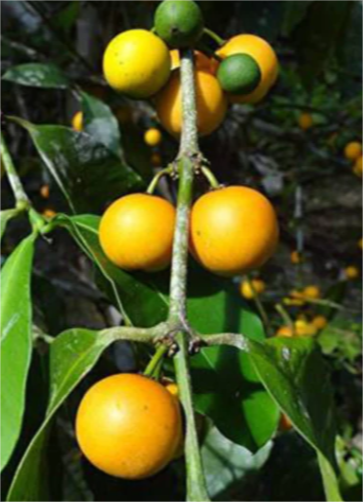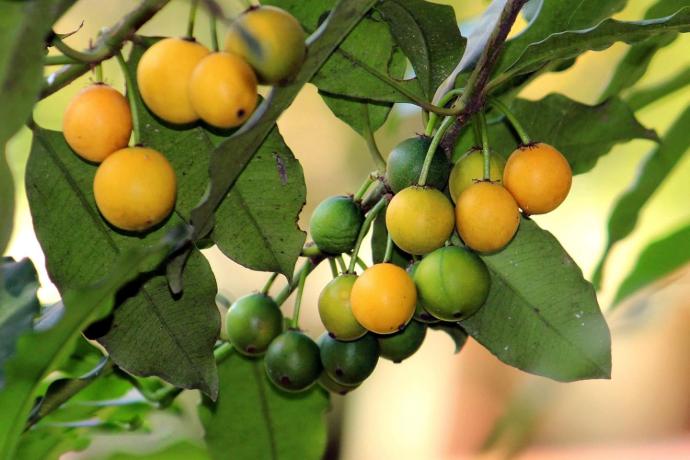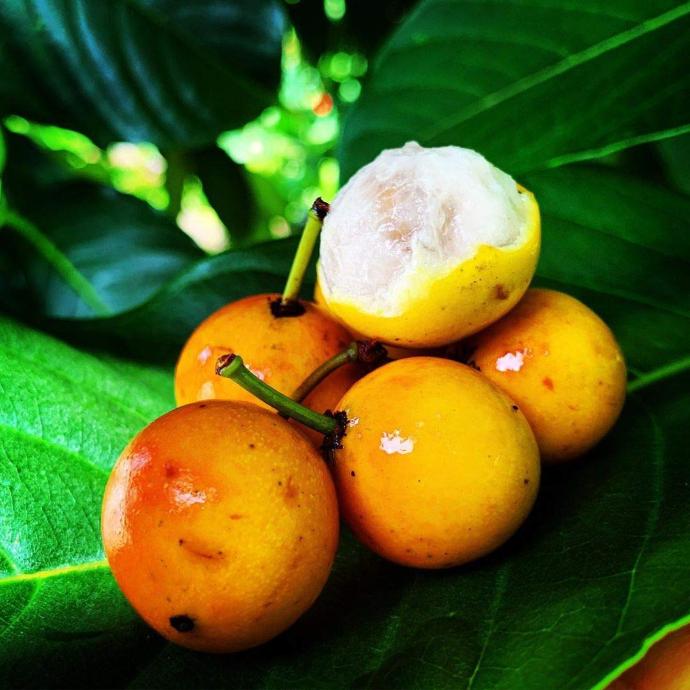Baraba Plant
Garcinia intermedia is a medium-sized tree producing edible fruits, thrives in partial shade, and is used medicinally. |

Habit
Tree
Height
5-10 m
Growth
Medium
Soil
Well-drained loamy soil
Shade
Partial
Moisture
High
Edible
Yes
Medicinal
Yes
Origin
Central America
Climatic Condition
Tropical
Temperature (°)
25-30°C
Humidity (%)
70-90%
Potting media
Garden soil
Fertilizers
Organic compost
Watering
Regular watering; keep soil moist
Plant Weight
10-20 kg
Flowering Time
Soil Ph level
5.5 - 6.5
Water Ph level
6.0 - 7.0
Soil EC
Medium
Yield Per Plant
produces about 50 to 100 fruits per tree per year
NPK ratio
20:10;10
life Span
Perennial
Health Benefits
Edible fruit; high in dietary fiber and antioxidants.
Suggested Grow Media or Potting Mix ?
| 40% peat moss, 30% perlite, 30% compost |
Suggested Fertigation/Fertilizers
| Apply monthly with liquid organic fertilizer |
Common Diseases and Remedies
Root Rot, Leaf Spot, Powdery Mildew, Scale Insects, Aphids.
Browning edges, white fungal coating, sticky residue
Copper-based fungicides, systemic insecticides
HEALTH BENEFITS
Nutritional Benefits
1. Rich in Antioxidants: Baraba is high in antioxidants like vitamin C, vitamin E, and beta-carotene, which help protect cells from damage and reduce inflammation.
2. Good Source of Fiber: The plant contains dietary fiber, which can help regulate bowel movements, lower cholesterol levels, and control blood sugar levels.
3. Mineral-Rich: Baraba is a good source of minerals like potassium, magnesium, and calcium, which are essential for maintaining healthy blood pressure, bone health, and muscle function.
Medicinal Benefits
1. Anti-Inflammatory Properties: The plant contains anti-inflammatory compounds that may help reduce inflammation and alleviate conditions like arthritis, gout, and other inflammatory diseases.
2. Wound Healing: Baraba has been traditionally used to treat wounds, cuts, and burns due to its antimicrobial and antifungal properties.

